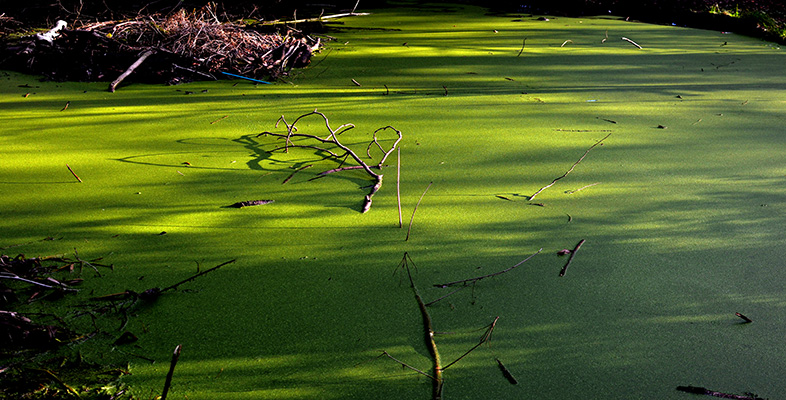4.4.2 Phosphate stripping
It has been estimated that up to 45% of total phosphorus loadings to freshwater in the UK comes from sewage treatment works. This input can be reduced significantly (by 90% or more) by carrying out phosphate stripping. The effluent is run into a tank and dosed with a product known as a precipitant, which combines with phosphate in solution to create a solid, which then settles out and can be removed. It is possible to use aluminium salts as a precipitant, but the resulting sludge contains toxic aluminium compounds that preclude its secondary use as an agricultural fertilizer. There are no such problems with iron salts, so Fe(II) ammonium sulfate is frequently chosen as a precipitant. The chemicals required as precipitants constitute the major cost, rather than installations or infrastructure, and the process is very effective: up to 95% of the phosphate can be removed easily, and it is possible to remove more. Despite its effectiveness, however, phosphate stripping is not yet used universally in sewage treatment.
